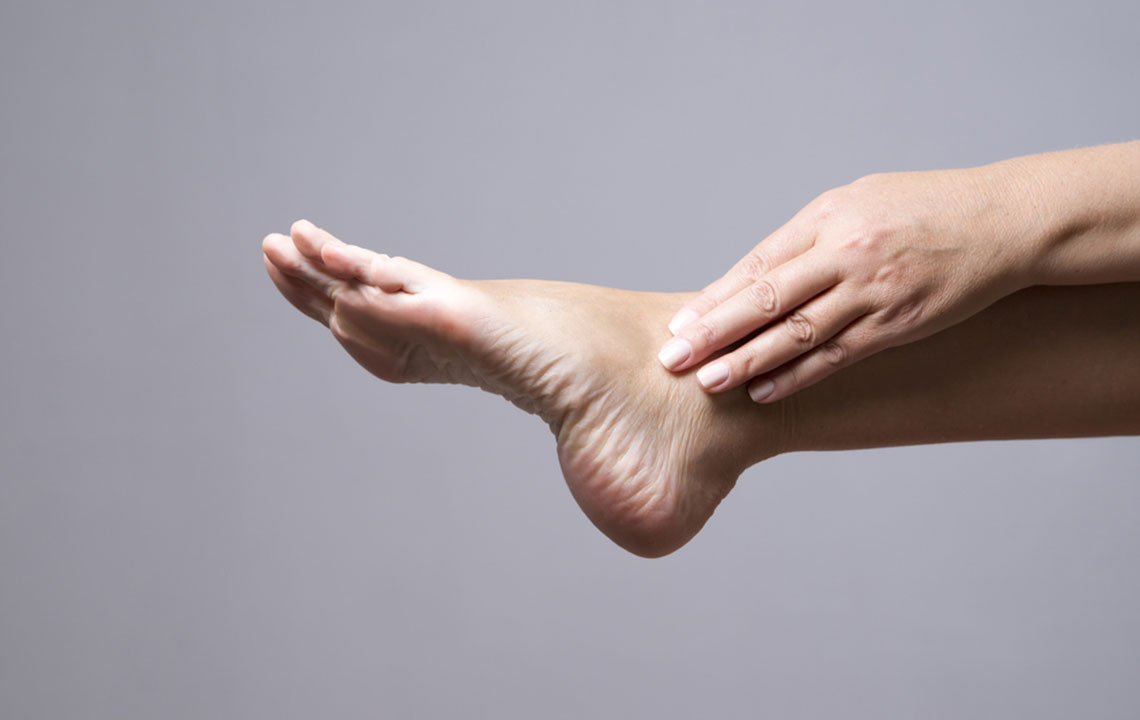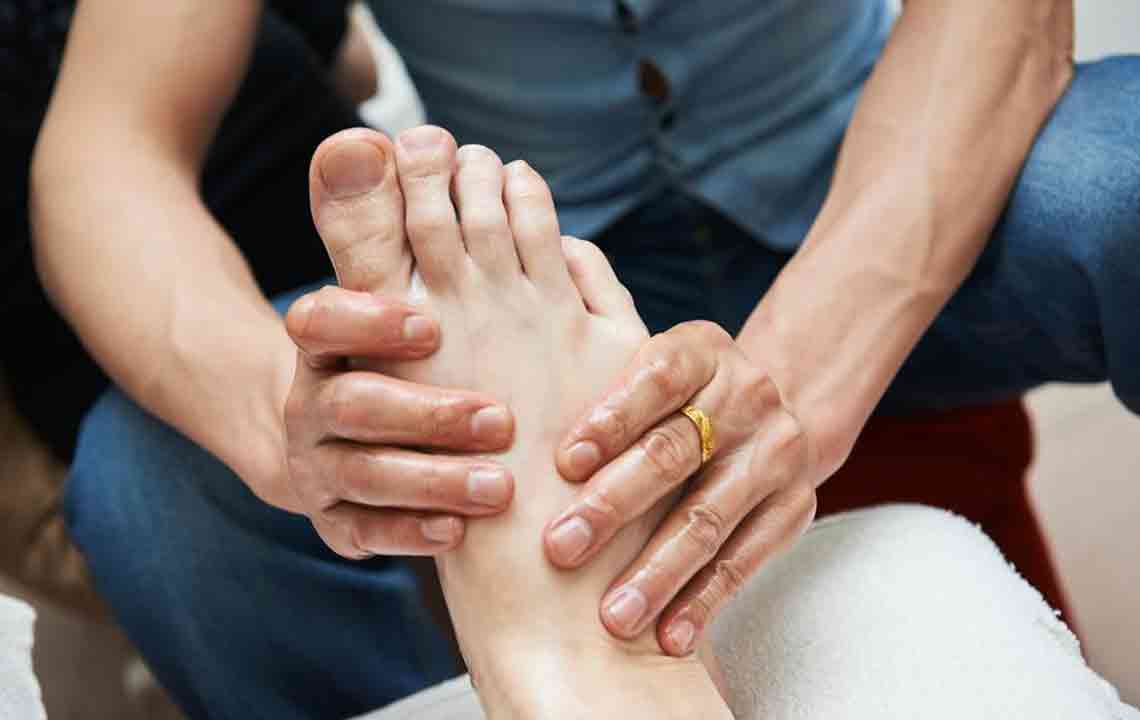Comprehensive Guide to Foot Sole Discomfort: Causes, Symptoms, and Effective Treatment Options
This comprehensive guide explores the causes, symptoms, and treatment options for foot sole discomfort. It emphasizes the importance of accurate diagnosis, early intervention, and customized therapy to restore foot health and mobility. Learn about various conditions like nerve compression, deformities, and systemic diseases, along with preventive tips for long-term foot care. Proper understanding and prompt medical attention can significantly improve outcomes, helping patients eliminate pain and regain function efficiently.

Understanding Foot Sole Discomfort: Causes, Symptoms, and Treatment Strategies
Having discomfort or pain on the underside of your foot is a common issue that affects many individuals at different stages of life. This type of foot pain can significantly impair daily activities, reduce mobility, and decrease overall quality of life if left untreated. Recognizing the underlying causes, symptoms, and available treatment options is essential for effective management and speedy recovery.
The pain in the sole or bottom of the foot isn't always directly related to the foot itself. Sometimes, issues originating from other parts of the body, such as the lower back or legs, can manifest as foot discomfort. Therefore, a comprehensive understanding of foot sole discomfort involves exploring various factors that contribute to this condition, including biomechanics, systemic health issues, and external influences like footwear.
Recognizing the Symptoms of Foot Sole Discomfort
Many individuals experience symptoms ranging from mild discomfort to severe pain. Common symptoms associated with foot sole issues include:
Difficulty lifting or moving the foot: Patients may find it challenging to elevate the foot or may notice numbness, which indicates nerve involvement.
Weakness and heaviness: A sensation of fatigue or weightiness in the foot often accompanies nerve compression or muscular problems.
Pain radiating from the lower back or legs: Tension or nerve root compression in the lumbar region can cause pain that travels into the foot, sometimes presenting as burning, tingling, or numbness.
Additionally, individuals may experience difficulty walking on toes or heels, a decrease in balance, and muscle weakness in the calf area, especially when nerves like the sciatic nerve are compressed. These symptoms necessitate prompt attention as they can impede mobility and impact daily functioning.
Understanding the Causes of Foot Sole Discomfort
Foot discomfort arises from a variety of causes, both structural and systemic. Some of the most common factors include:
Foot deformities: Conditions such as claw toes, tarsal coalitions, and calcaneal misalignment can alter foot biomechanics, leading to pain and discomfort.
Inappropriate footwear: Wearing shoes that are too tight, high heels, or poorly supportive footwear can exert excessive pressure on the forefoot, causing pain and deformities over time.
Infections and systemic diseases: Conditions like gout, rheumatoid arthritis, systemic lupus erythematosus, and infections can cause inflammation and pain in the foot.
Nerve compression: The compression or irritation of nerves originating from the lower back, such as the sciatic nerve, often results in radiating foot pain, numbness, and weakness.
Trauma or injuries: Fall injuries, fractures, or repeated strain can also contribute to chronic foot discomfort.
When to Seek Professional Medical Help
If your foot pain persists, worsens, or is associated with visible deformity, swelling, skin discoloration, or persistent tenderness, immediate consultation with a healthcare professional is recommended. Delaying treatment can lead to worsening symptoms or secondary complications, such as nerve damage or joint deformities.
How Foot Pain is Diagnosed
Proper diagnosis involves a thorough physical examination and detailed patient history. The healthcare provider will compare both feet, assess pain severity, check for swelling, deformity, and abnormal gait. Diagnostic imaging plays a critical role in uncovering internal issues not visible externally.
Common imaging techniques include:
X-rays: To evaluate bone structures, alignment, and evident deformities.
MRI scans: To detect soft tissue issues, nerve compression, and inflammation.
Bone scans: To identify infections, fractures, or areas of increased activity.
Additional assessments may include nerve conduction studies and blood tests if systemic causes are suspected.
Effective Treatment Strategies for Foot Sole Discomfort
Once the underlying cause has been identified, a tailored treatment plan can be developed. Management approaches include:
Conservative therapies: Such as ultrasound therapy, electrical stimulation, laser treatments, and manual therapy techniques aimed at reducing inflammation, alleviating pain, and improving blood circulation.
Supportive devices: Custom insoles, heel pads, arch supports, and wedges can help realign the foot, reduce pressure points, and prevent further injury.
Rehabilitation exercises: Strengthening and flexibility routines that target foot and leg muscles can correct imbalances, improve stability, and promote recovery.
Medications: Pain relievers, anti-inflammatory drugs, or corticosteroid injections may be prescribed to manage acute symptoms.
Surgical intervention: In cases where conservative measures are ineffective or structural deformities are severe, surgical options might be considered to correct abnormalities or decompress nerves.
Preventive Measures and Long-term Care
Preventing foot sole discomfort involves maintaining proper foot hygiene, wearing suitable footwear, and engaging in regular foot exercises. Weight management, stretching routines, and avoiding excessive strain can also reduce the incidence of foot problems. Regular check-ups with a podiatrist or healthcare provider can help detect early signs of issues and facilitate timely intervention.
Adherence to prescribed treatments and ongoing physical therapy are crucial for long-term relief and maintaining optimal foot health. Educating oneself about proper footwear choices and foot care practices plays a vital role in preventing future discomfort and injury.
Thanks to advances in diagnosis and therapy, most cases of foot sole discomfort can be effectively managed, allowing individuals to regain their mobility and comfort. Timely treatment and personalized care are the keys to successful recovery.




